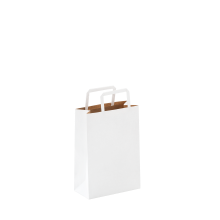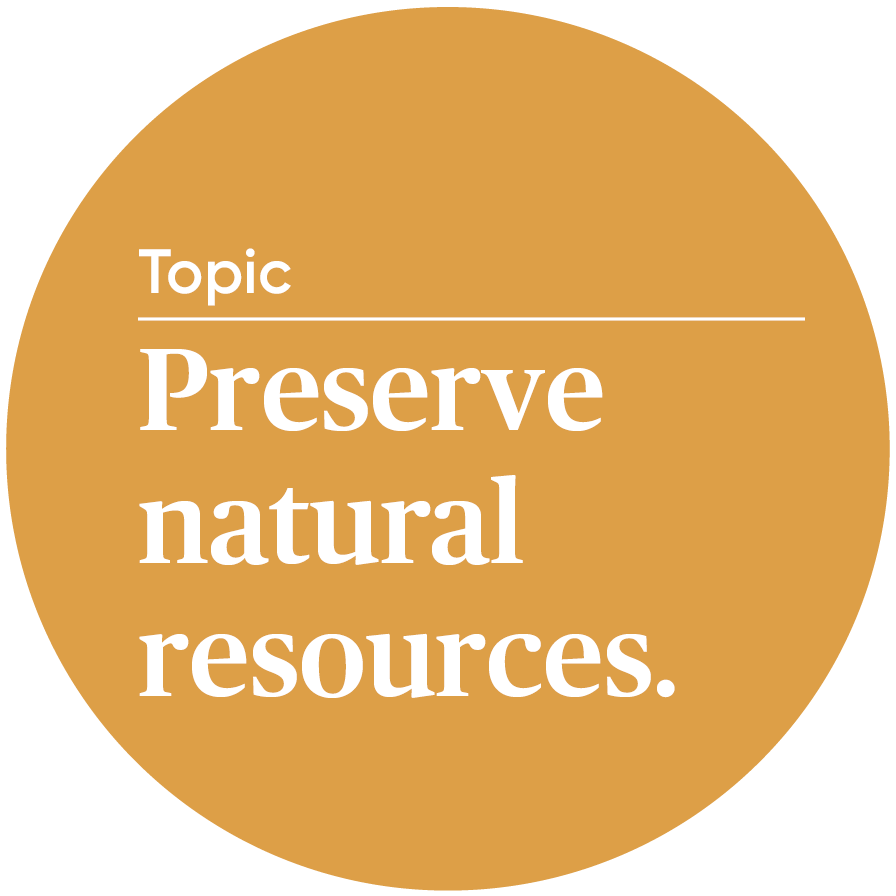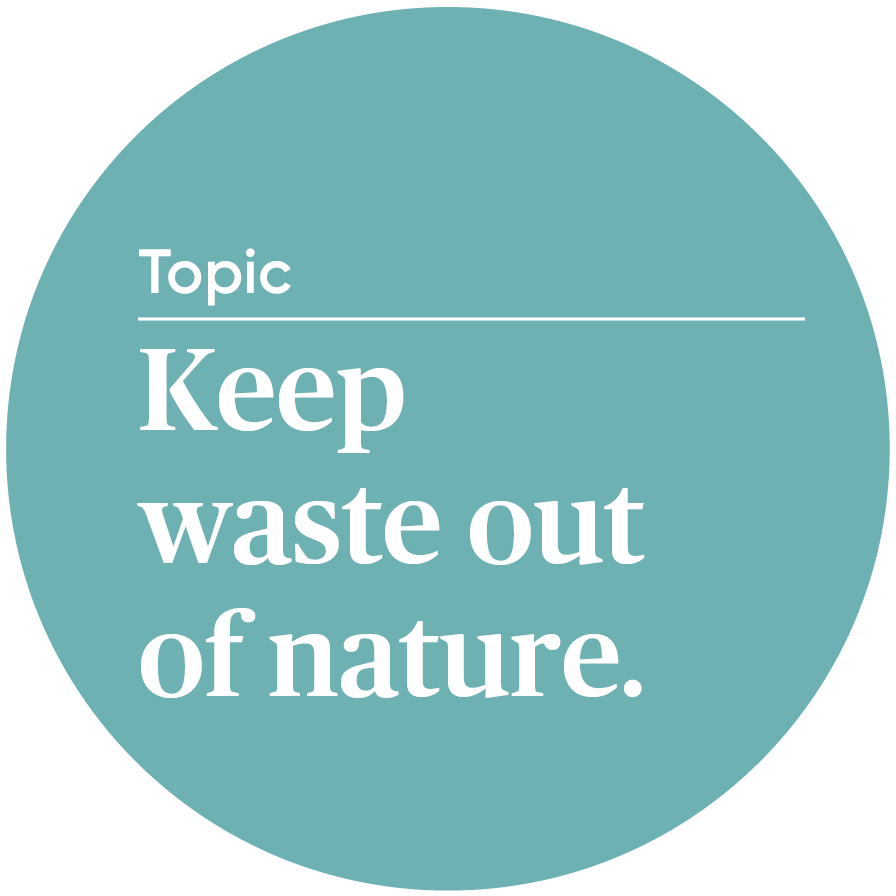Are you sure?
Are you sure? If you change your country now, any items you have added to your cart will disappear.
Your location
Please set your location to see relevant stock levels. Freight costs and taxes will be calculated once you log in.
Note: changing your location will empty your cart.
What does end of life mean and why is this important?
The end of life of a product is an important stage in a packaging products life cycle as this will determine whether the product has one life or can be recycled, composted, or repurposed into new item once disposed. This is an important stage to consider during product design as it is critical to supporting a circular economy.
Here are some examples of how PaperPak provides you with sustainable choices with regard to end of life disposal.
PaperPak’s dedicated product designers ensure life cycle assessments against the Sustainable Packaging Guidelines (SPG’s) are undertaken for every product to ensure the materials used are designed for recovery where practical.
PaperPak prioritises recycled content wherever possible, with a high volume of products containing >80% recycled content. Recycled content in packaging is critical to drive the circular economy.
PaperPak continually work with industry and regulators to drive innovative and sustainable change in the end-of-life collection of products
PaperPak understands and firmly applies the Waste Management Hierarchy – prioritising reduce and re-use before recycling or composting (organics recycling) in all packaging designs.

Source: APCO Design for recovery – reuse, recycling or composting
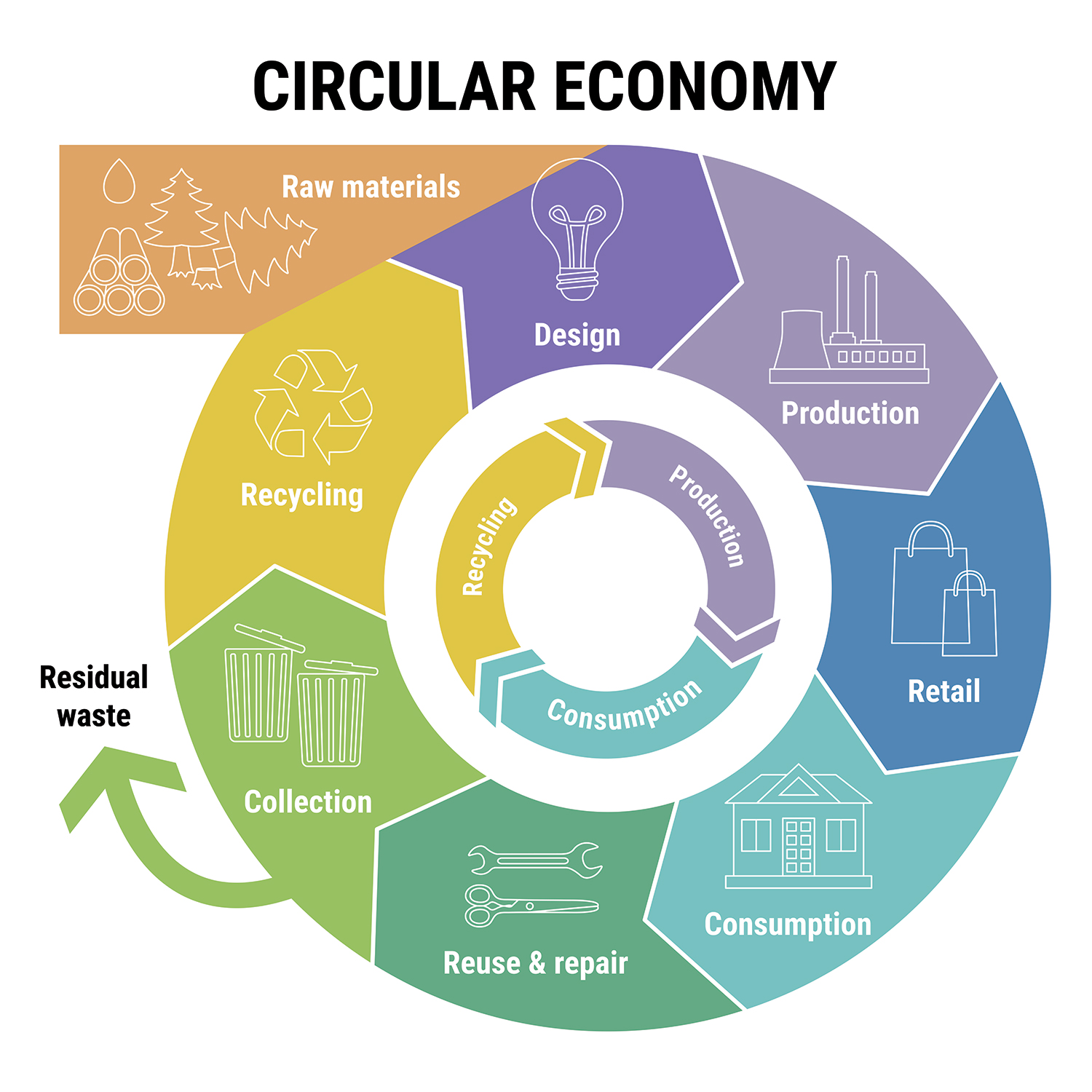
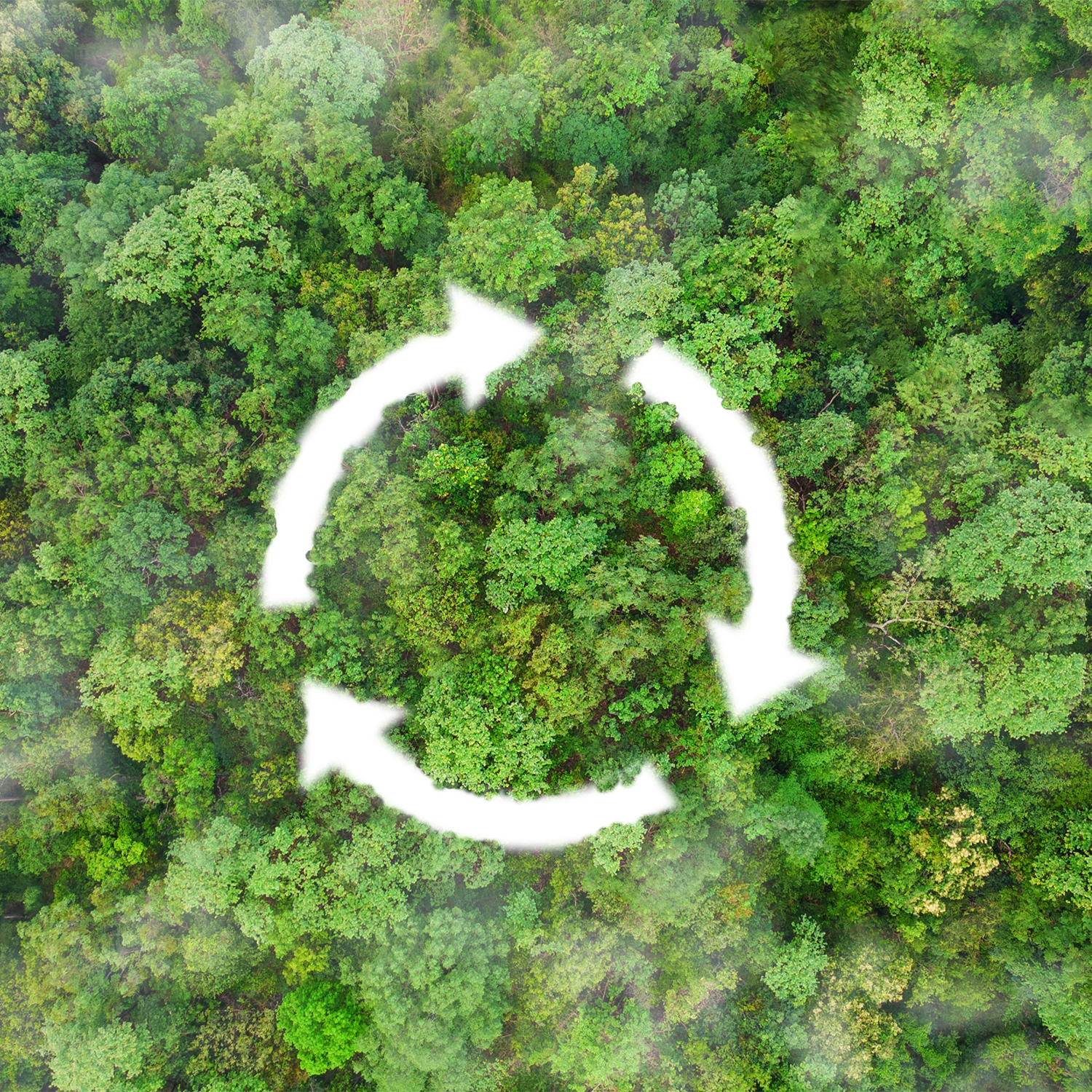
Sustainable Packaging Choices
What does end of life mean?
End of life is the final stage in a products life cycle. This is where an item may have one (singular) life or can be recycled, composted, or otherwise re-purposed once disposed of. This is an important stage to consider in product design as it is critical to supporting a circular economy.


